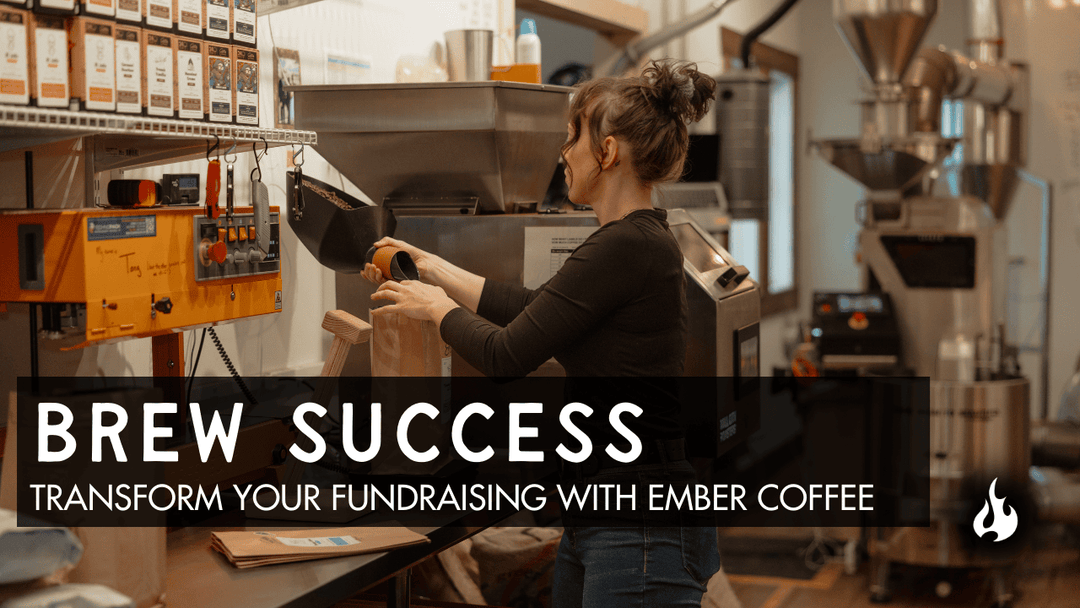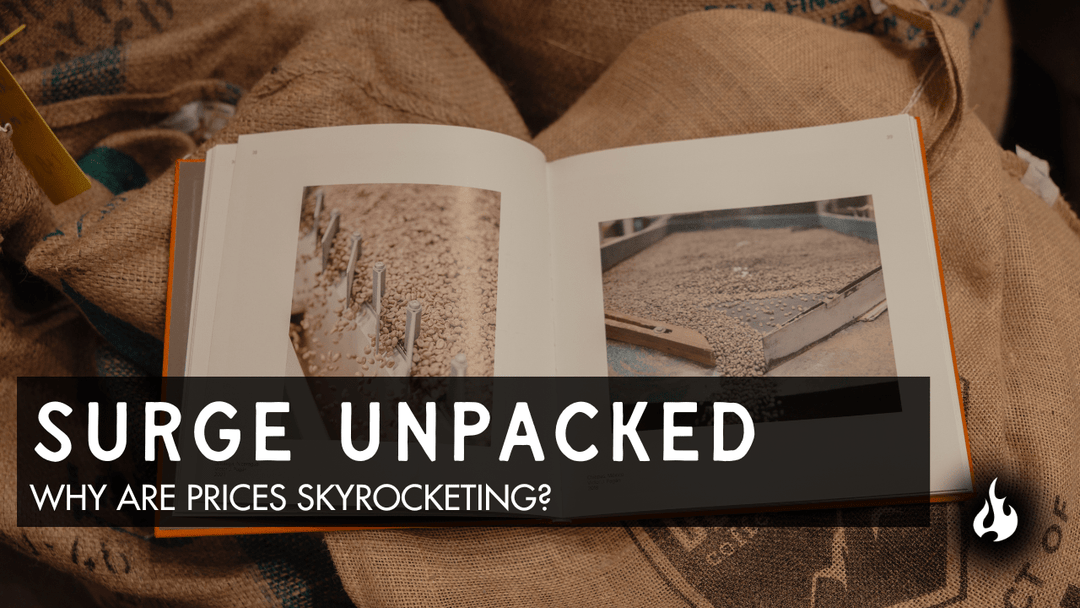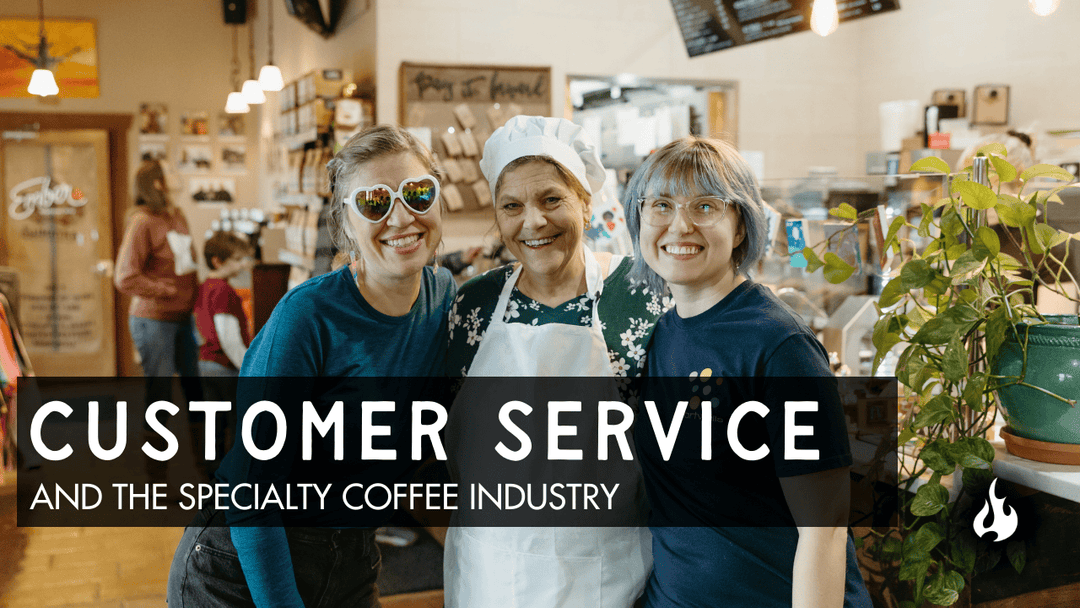Pour Overs And Snobs

Why do some coffee lovers insist that pour over is the only way to go? There’s something about the pour over method that brings out the passion in coffee enthusiasts. At Ember Coffee, we love talking about what makes a cup truly special, and pour overs are definitely worth exploring. They have a rich history, and the flavors they extract are unlike anything you’d get from a regular drip machine. Today, we'll dive into the Chemex, V60, and Hario methods and how they compare to your trusty Mr. Coffee machine.
A Brief History of the Pour Over
The pour over method has been around for over a century. It all started in 1908 when Melitta Bentz, a German homemaker, decided she wanted a cleaner, smoother cup of coffee without the bitterness that typical percolators produced. She invented the first paper coffee filter and the concept of the pour over was born. Fast forward to today, and pour over coffee has become a favorite for those who love the artisan process of brewing.
Pour over brewing isn't just about making coffee—it's about taking your time and truly appreciating the beans. Here at Ember Coffee, we know our air roasting process helps unlock flavors that are perfect for this method. Minnesota’s Best coffee shop wouldn’t be complete without a little pour over magic.
Chemex vs. V60 vs. Hario
There are a few popular tools for making a pour over: the Chemex, V60, and Hario are some of the most well-known. Let's break down the differences:
Chemex: Smooth and Balanced
The Chemex is an iconic coffee brewer—its hourglass shape and wooden collar are unmistakable. Invented in 1941, the Chemex uses thick paper filters that remove much of the oil from the coffee, resulting in a clean and smooth cup. It’s ideal for those who like a mellow, well-balanced flavor without too much bitterness. If you're brewing with Ember Coffee’s air-roasted beans, you'll taste all the nuanced flavors that our roasters carefully craft.
V60: Bright and Crisp
The V60 by Hario, on the other hand, is a favorite for those who like a little more brightness and acidity in their coffee. Its conical design with spiral ridges allows for greater control over the flow rate and extraction, which means you can really dial in the flavor. The V60 is a favorite among baristas because it gives you the flexibility to highlight the more delicate notes in a coffee—perfect for those mornings when you want something bright and lively.
Hario Switch: Versatile and Foolproof
The Hario Switch combines the control of the V60 with a clever valve that allows for immersion brewing. It’s a versatile tool that lets you experiment with both pour over and immersion methods. If you’re new to pour overs and feeling intimidated, the Switch can be an approachable gateway. The Minnesota roaster in us loves seeing how different methods bring out different flavors.
Why Pour Over Tastes Different Than Mr. Coffee
So why does a pour over taste so different from the trusty Mr. Coffee? It all comes down to control. With a pour over, you control the water temperature, flow rate, and brew time—all key variables that affect how your coffee tastes. Pour overs allow you to highlight specific tasting notes, whether that’s the buttery caramels of our 10,000 Lakes Blend or the bright citrus of our Ethiopian single-origin.
Mr. Coffee machines are convenient, but they’re designed to brew quickly and efficiently, sometimes at the cost of flavor. They often don’t reach the optimal temperature for coffee extraction (195-205°F) and can brew too fast to let the coffee grounds fully bloom. The result is a cup that’s often flat and lacking complexity compared to a carefully brewed pour over.
How to Get Started With Pour Overs
If you’re ready to give pour overs a try, we recommend starting with freshly roasted beans from a Minnesota artisan roaster like Ember Coffee. Freshness is key—air roasting helps us highlight all the unique qualities of each bean, so you get a more flavorful experience.
-
-
Grind Size Matters: For pour overs, you want a medium-fine grind. Think of it like sea salt in texture. A consistent grind ensures even extraction, giving you that smooth cup.
-
Water Temperature: Aim for 195-205°F. Too hot, and you’ll burn the coffee; too cool, and it’ll be under-extracted.
-
Take Your Time: Pour overs are all about taking it slow. Pour a little water, let the coffee bloom, then continue pouring in a slow, steady spiral. This lets the coffee grounds expand and release all those rich oils and gases.
-
Pour Over: More Than Just Coffee
Pour overs aren't just about getting caffeinated—they’re about the ritual. Taking the time to grind, bloom, and pour is almost meditative. At Ember Coffee, we often hear from customers who say that making a pour over is the best part of their morning. It’s a way to connect with the coffee, to appreciate the work that went into growing, roasting, and finally brewing it.
If you’re in Big Lake, stop by our award-winning coffeeshop and ask our baristas about pour over tips. We love helping people discover their ideal brew method, and our Minnesota's Best title means we’re always ready to share what we know.







